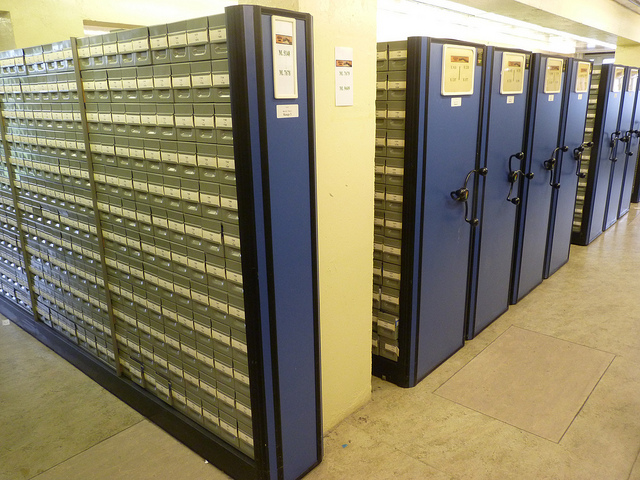Vermont’s eugenics history demands public reckoning
By Steve May,
VT Digger
| 03. 13. 2017
Charles Murray, who spoke recently at Middlebury College, has reprised “the best of eugenics” to inform his lectures and writings including his book, “The Bell Curve.” Murray argues for the relative intelligence and suitability of ethnic groups to a host of workplace and societal activities based upon amongst other demographic drivers, “race.” Be clear, Dr. Murray’s work is nothing more than racial stereotyping dressed in cooked numbers and is designed to scramble the status quo. It’s the worst form of gutter politics masquerading as junk science.
A century ago, Americans led in what was then considered to be a promising area of scientific research. It had been used to bridge the gap between research and the conventions of society to explain why certain subsets of civilization were predisposed towards certain intellectual pursuits or physical ones. That area of scientific research has a name: eugenics. Eugenics involved attributing features about race and ethnicity to one’s biology or genetic profile. Most Americans and Vermonters are aware that this genetics-driven view of the world was at the core of Hitler’s political ideology. Biology...
Related Articles
By Grace Won, KQED [with CGS' Katie Hasson] | 12.02.2025
In the U.S., it’s illegal to edit genes in human embryos with the intention of creating a genetically engineered baby. But according to the Wall Street Journal, Bay Area startups are focused on just that. It wouldn’t be the first...
By Emma Cieslik, Ms. Magazine | 11.20.2025
Several recent Biopolitical Times posts (1, 2, 3, 4) have called attention to the alarmingly rapid commercialization of “designer baby” technologies: polygenic embryo screening (especially its use to purportedly screen for traits like intelligence), in vitro gametogenesis (lab-made eggs and sperm), and heritable genome editing (also termed embryo editing or reproductive gene editing). Those three, together with artificial wombs, have been dubbed the “Gattaca stack” by Brian Armstrong, CEO of the cryptocurrency company...
Alice Wong, founder of the Disability Visibility Project, MacArthur Genius, liberationist, storyteller, writer, and friend of CGS, died on November 14. Alice shone a bright light on pervasive ableism in our society. She articulated how people with disabilities are limited not by an inability to do things but by systemic segregation and discrimination, the de-prioritization of accessibility, and the devaluation of their lives.
We at CGS learned so much from Alice about disability justice, which goes beyond rights...




